I had a good question from a reader not too long ago and it was all about fit and how big the gap should be between your shoe laces on the facing. I like this question as I feel that there is a lot of misconception about fit and how things should be. Too many people often think that there is a rule and that if the shoes do not fit (no pun intended) within that rule then the shoes don’t suit their foot. What most people fail to realize is that it is not the shoe, but rather their feet that don’t suit most shoes. So, allow me to explain a few things that will affect the fit and how to know whether or not that shoe suits your feet.
1. Flat Feet = Gaping
When you have flat feet and the shoes do not have enough arch support to withhold your sunken arches, what happens is that your feet will apply pressure on the inside of the inside quarter of the shoe. That pressure will thus cause the mouth of the shoes to gape at both ends (as shown above in the black shoe). This effect is immensely pronounced when you also have a wide, flat foot as the width will push out the inside quarters even more so. It is also intensified if you are a heavy set person. That being, if you have this problem and find yourself with gaping at the mouth of most shoes, it is not that the shoes don’t fit, it is in reality that you need either bespoke or wide shoes with firm arch support. Problem is that most shoes don’t come like that. So in reality while I hate to be harsh, it is something that you will have to live with until you find that perfect shoe that corrects the problem. But unfortunately most shoes are not built with proper arch support nor come in wide widths. Loafers and low cut shoes are going to be the worst. You will want to find shoes that have depth (think 6 eyelet shoes) as the higher lacing will help to lock in your ankles and thus slightly deter the gaping.
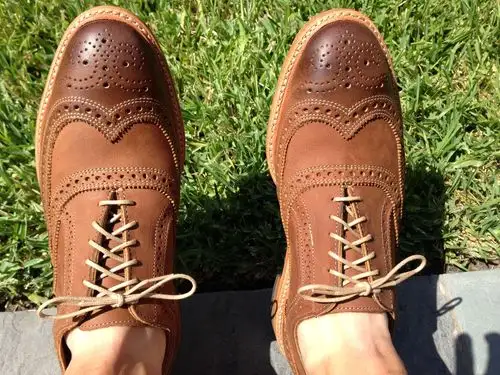
2. High Instep/Low Instep = Spacing Issues Between Laces
This is where a lot of people tend to judge whether a shoe fits them or not and it’s quite funny really as these things really have to do with your foot more than the shoe. If you have a high instep (associated with a high arch), more likely than not a derby is going to fit you better than an oxford (as the open lacing allows for more generosity in the instep) and the lacing in the oxford is going to have a large gap in the facing (the lacing area). That does not mean that you need a larger size. You could have a perfect fit in the rest of the shoe but have a abnormally high instep that causes pressure on the facing of the shoe and thus the laces to gape, but that does not mean that the shoes don’t fit. Of course they don’t fit perfectly, but if there is not a model that is suitable to a high instep are you just not going to buy shoes? No, of course not. And it’s the same with shallow feet, like mine.
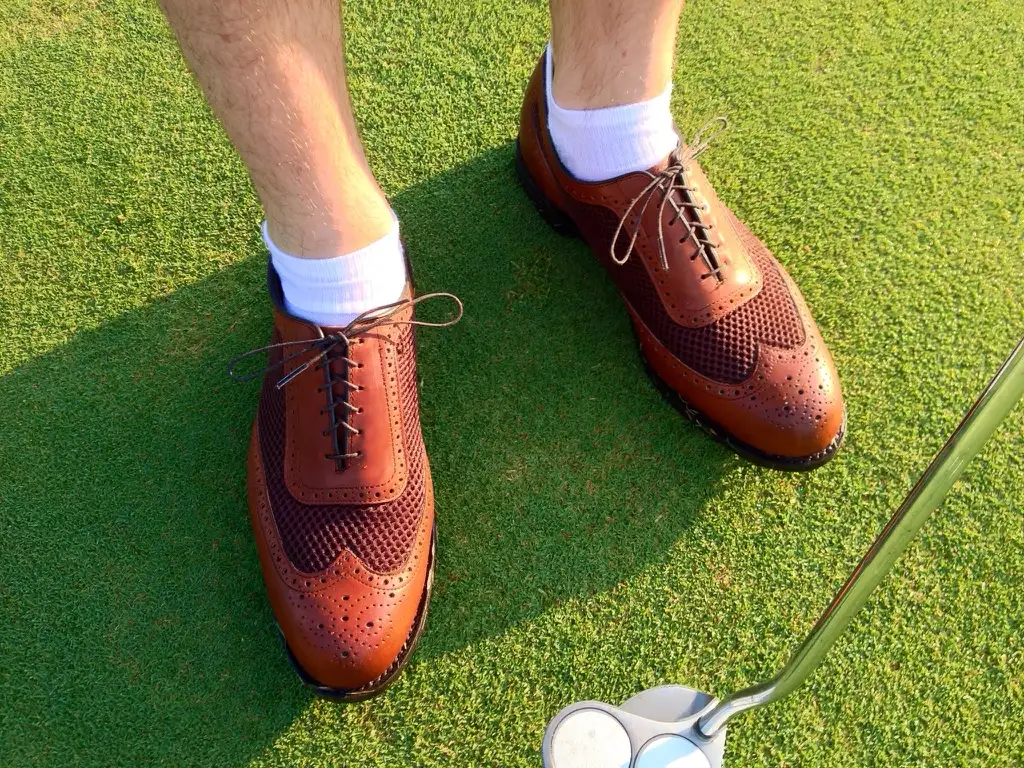
There are times where there is a model that fits me throughout the foot relatively well but has a bit of looseness in the instep. I try the smaller size down and it is too tight. Therefore, I either just give up on the model altogether or realize that if I really want a shoe that is not made for my feet, I have to fit my foot to the shoe. Sometimes that involves an extra cushion to take up volume or whatnot. Is it a perfect fit? No. But if you have a problem foot, you are never really going to get perfect fit outside of bespoke are you? I have personally dealt with this my whole life as I have a flat, low volume, narrow foot and trust me, not many makers make shoes for feet like mine. So I have to learn what makers and models fit me best and stick with those. Do any of them give me perfect fit? No. But I make due as I cannot afford only bespoke shoes. And this is also why I rarely wear derby’s as they are no good for low instep folks.
A new shoe should in theory have a slight gap between the laces, so that when the shoes break in and your foot sinks into the foot bed, then the laces will come together to create the perfect enclosure. If they close already when they are brand new, then chances are they are too big or you need to fill up some volume with a insole. If there is a ½ inch (1.25cm) gap between the laces, then they are either too tight or your instep does not suit that shoe. But as I said before, this does not mean that you can necessarily go to another size.
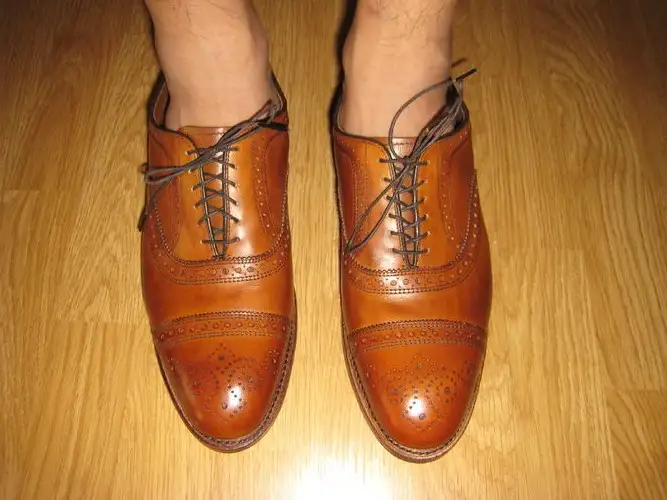
3. Heel Slip = Shoes Too Big
Heel slip can be caused for a number of reasons. First and foremost the shoes are too big (of course). But more often the not, people have slight heel slip but the shoes are actually not too big at all. So what causes this? Okay, well this may sound stupid, but you would not believe the amount of people that I have seen only slightly lace the shoes, and then say that their heel is slipping. Well of course it is as you have not laced the shoes properly! Dress shoes are not meant to be worn like trainers. They need to be laced up as much as they can without cutting off circulation. If you don’t like a snug lacing, then expect heel slip and stop moaning.
Another reason is a rigid heel counter that needs breaking in/forming to your heel. Most shoes are made with a composite of textile/plastic like material (celastic/thermolastic etc) that is meant to act as leather and form to your heel after the shoes are broken in. Trouble is that this composite is nowhere near as forgiving as leather and can sometimes be quite stiff and rigid, thus not gripping your heel upon the first few wears. That does not necessarily mean though that the shoes are too big and should even break in and start to grip your feel.
Narrow heels are the main reason though. Most people have a narrower heel than that of the last that made the shoe. And that is because the shoe companies are trying to fit most feet, so they don’t make a narrow heel cup as they would immediately cut out people with wider feet and they are the majority in this day and age. So, people with narrow heels suffer, but what can you do? You can be diligent in finding narrow shoes, but it’s not always feasible nor practical so you have to make due with what you have.
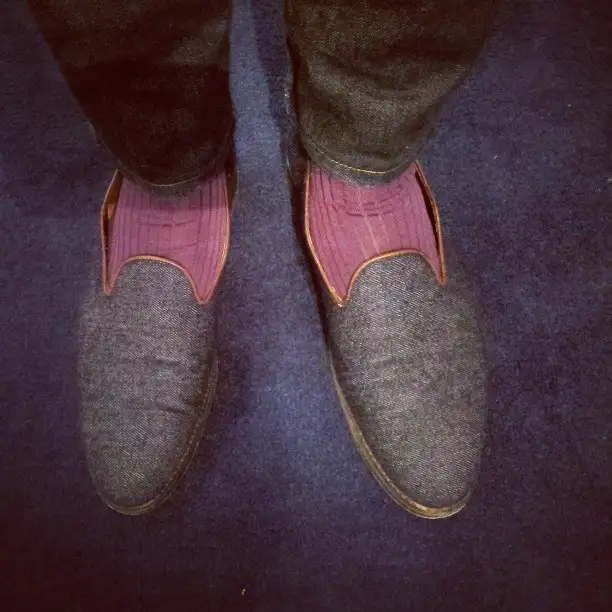
The bottom line is that fit is subjective. What one man’s perfect is another man’s nightmare. I tend to believe that a shoe should fit snug in the beginning so that when it breaks in, it will fit just perfect. But I grew up playing football/soccer and am used to tying up my shoes so tightly that there is no room for slippage. But you won’t believe the amount of people that wear a half size too big and swim in their shoes and think that they fit perfectly. What kills me is when those same people who wear their shoes too big, try on a new shoe and say ‘oh my heel is slipping.’ ,Well yeah, it is in your old shoes too!,
(this post is not directed at any one that has tried my shoes recently, but rather an answer to a reader’s question and a look back to all of the shoes that I have ever fit on those that I helped while working at Nordstrom)
All pictures outside of the one directly above, courtesy of Style Forum
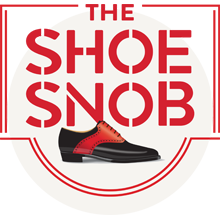
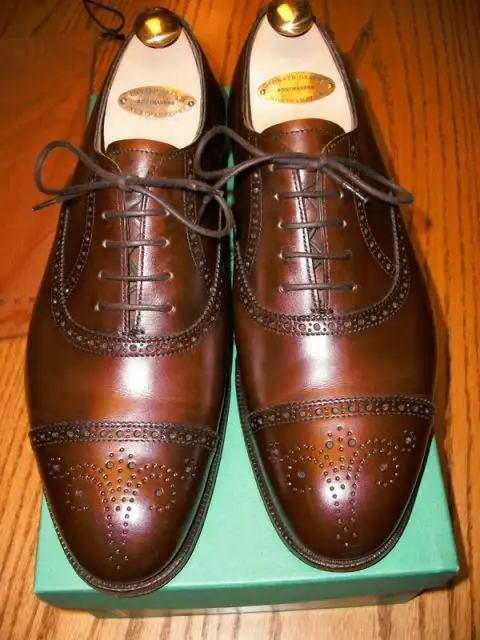
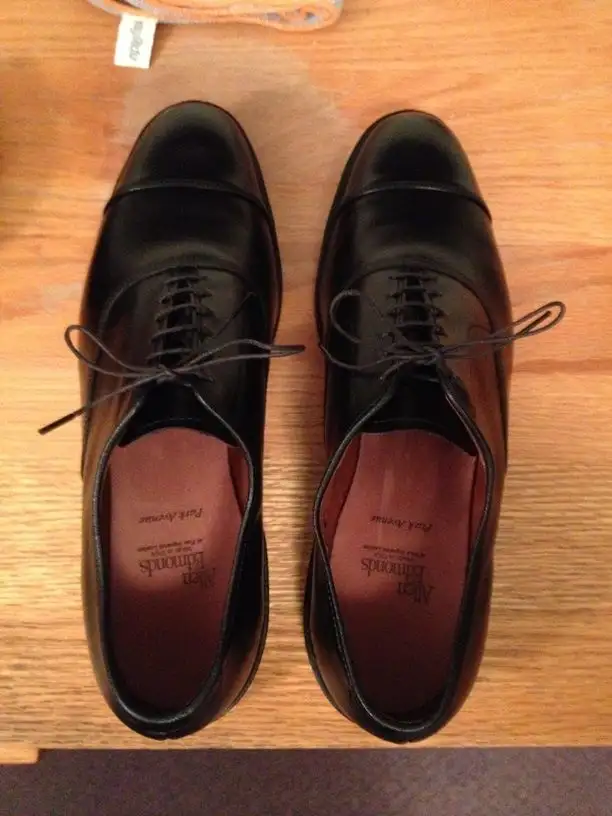


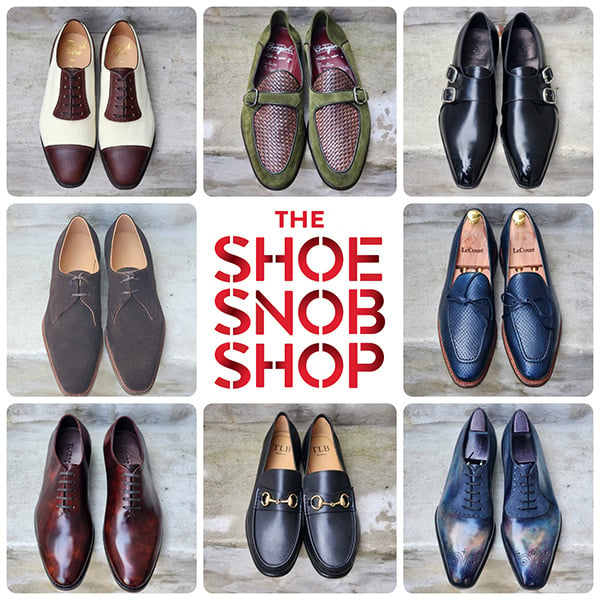
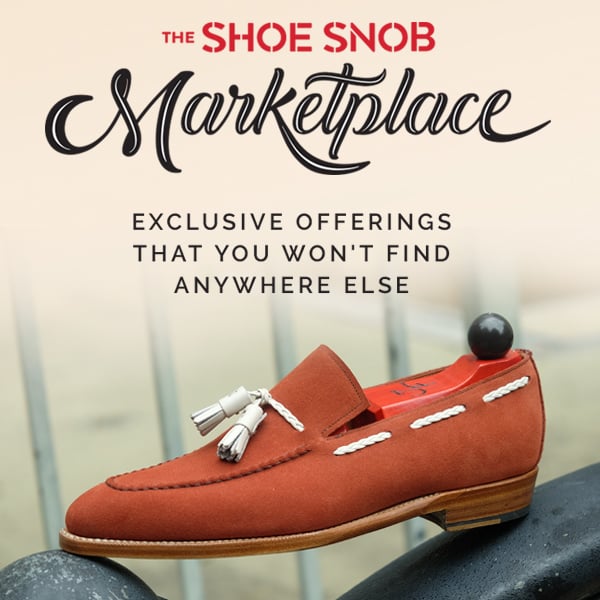
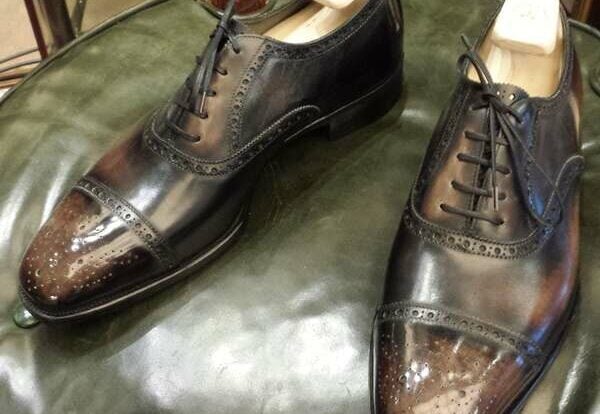
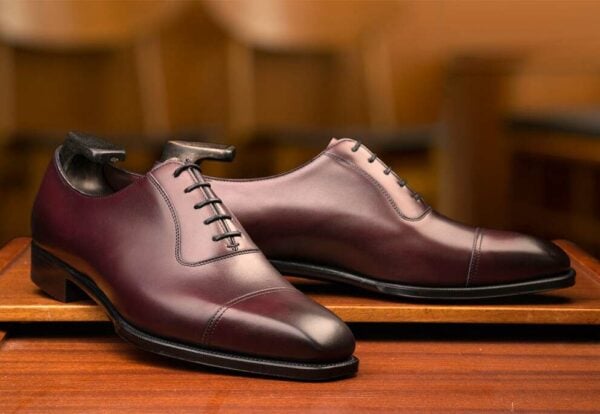
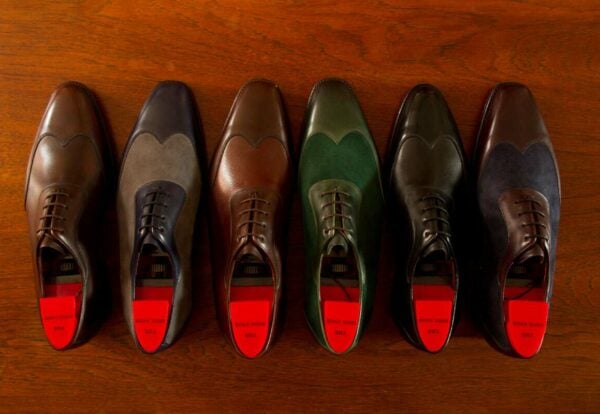
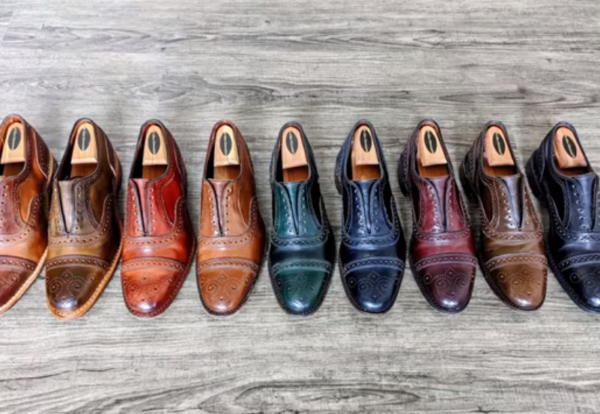
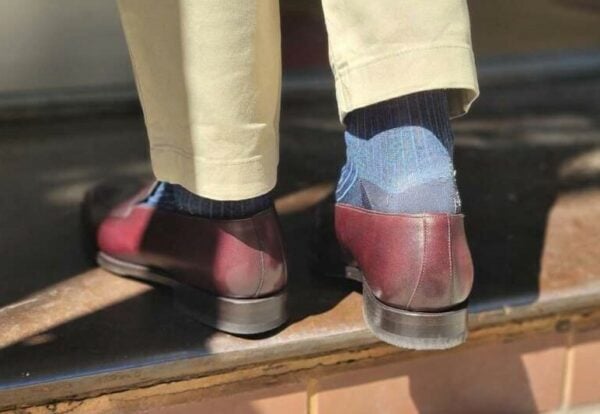
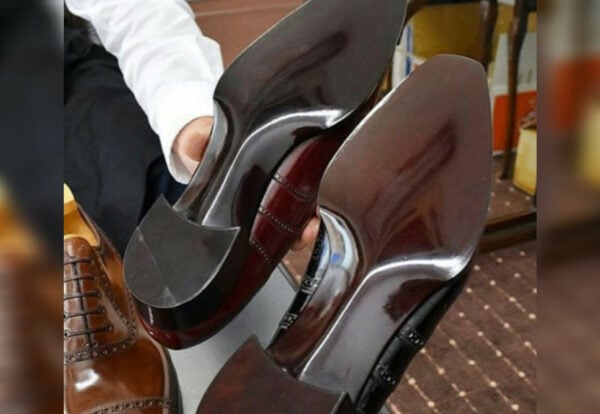
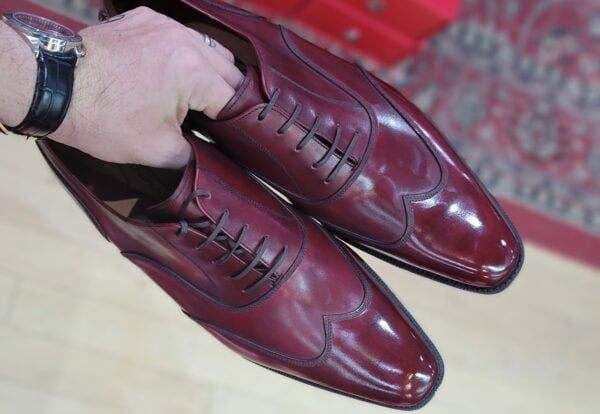
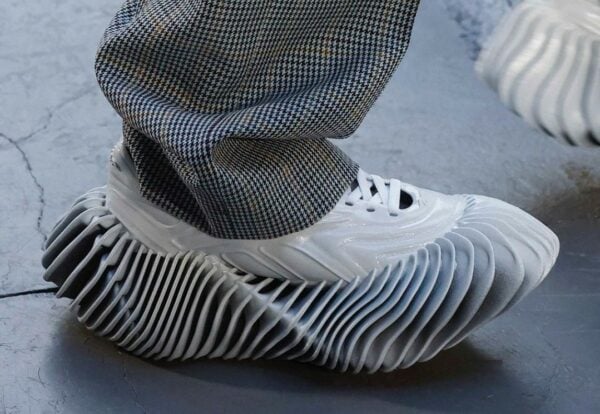
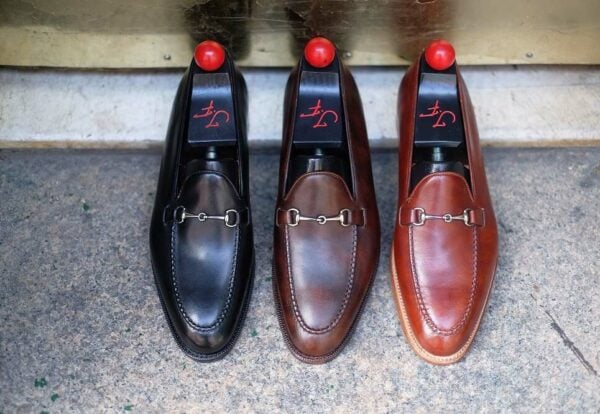
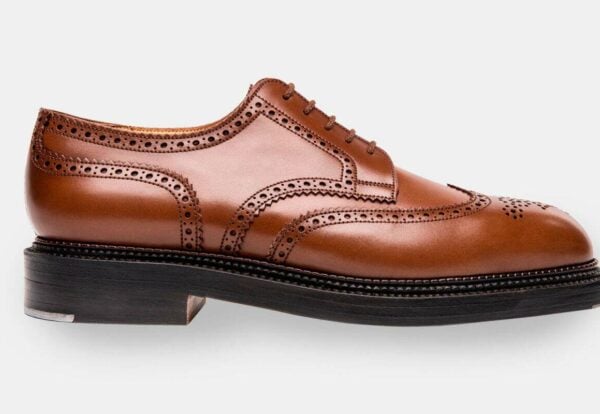
Justin – thank you so much for this insightful post. Truly, your expertise is enlightening. I now understand while my desire for a particular shoe may be strong, my foot might not be the right fit for that particular last and/or the style of shoe (e.g., loafer, derby, etc).
my pleasure, glad that you enjoyed it
Why do you think more shoe manufacturers do not accommodate more foot sizes? The world is moving to a much greater level of customization per customer but is seems that most shoe companies are still in a “one size fits all” mindset (in this case “size” actually means one fitting.) I know more variations in shoes won’t work for mass production, but why don’t more show manufacturers make more shoes available on a variety of lasts?
Podiatrist here. Please know that each flatfoot is unique in terms of point of deformity and flexibility. Some flatfeet can’t be corrected, even with built up arches. For the ones that can be corrected, it takes quite a rigid device to maintain any real correction. Don’t depend on any shoe to do this.
Many people would be better off with bespoke. Shoe fit is a huge issue for many, many people. I don’t see the situation getting better in the mass market. “Wide” is subjective.
i did not mean real correction, but something that at least supports better than nothing….
with a low instep, I’ve never had a shoe that fits. manufacturers don’t care because they don’t need to. maybe if more people read Justin’s blog and refused to buy a shoe that didn’t fit, they’d do something.
@ArchHeel – But even Justin’s own shoe line has only fitting per size. 🙁
true! although he doesn’t make shoes, he designs and sells them. But yes, despite his advice on fitting it’s the same as everyone else – if they don’t fit you just have to put up with ill-fitting shoes (like I have done all my life) . If these guys can do it, http://www.handmadebrogues.com/ , why can’t other brands? Although, I wonder how they can do what they claim at the prices they charge.
@ArchHeel – My guess is that shoemaking is a sleepy industry and that innovation is just coming late to it, especially for those who are more shoemakers than technologists.
I just ran across handmadebrogues.com the other day. Have you ordered from them?
Justin. Good info to serve as a reminder of “fit” considerations. I am allot like you in that I have a lower instep which varies on each foot as well as a narrow heel. I wear a 3/4 insole to fill the gap and add volume which helps with heel slippage. Wanted to get your suggestions on full insoles or other that you have used or recommended that addresses the fit issues with Derbys, loafers, etc.
i just use the cheapos bought at Walgreens…don’t need a real supportive insole, not me a least, just some cushioned one to fill up volume…Dr. Scholls ones work just fine
i have a pair of patent leather oxfords that have a high instep but i have a low instep. what insoles do you suggest then justin? and where can i get them?
dr. scholls at any farmacy/drug store, chemist…..that’s what i use
would a leather insole be better given thats why we buy leather lined shoes?
it may breath better, yes…
One of the best rounds I shot recently in my new Double Eagles. Actually had one Eagle. However I should have tried the socks with them. Especially if I had known they’d be famous 🙂
My problem is that when I have relaced my oxfords with straight lacing the shoelace on the inner eyelets puts a severe digging pressure into the top of my foot…should I relace them going the opposite way first or is there a suggest that might actually work?
Hello Justin, I know it’s an old post but here’s a quick question. I have a splay foot if you know what that is (https://www.joint-surgeon.com/orthopedic-service/foot-and-ankle-surgeon/splay-feet.html) and have terrible problems to find off the pegg shoes. So I am now wondering if you know similar cases and to do best? I tried using orthopedic insoles but it makes it even worse to be honest. I am planing on buying Edward Green 202 one day and I am not sure the last is large enough for my toes. It is so frustrating never to be sure, as the feet is terrible to fit anything.
Thank you so much for your help. Kind regards, Alexandre
I appreciate the info on flat feet, my feet are wide and flat and I’m always having trouble finding shoes that fit. I can’t just size up all the time because my feet are quite large compared to my height which means I’ll just get the clown feet effect. It’s really annoying but at least now I know a bespoke shoe would actually be worth it. I suppose I’ll have to start saving up.
looks like it fits fine but I am sure that you could snug up the laces a bit
My feet are short, wide, and too different sizes. Very hard to fit.
To make shoes smaller-
Layer with Socks
Stuff with tissue paper
Rely on Ball-of-Foot pads
Get insoles
Read more here: https://bit.ly/2t7oufs
I have constant serious foot pain, overstep is painful, after a yearlong bout with PF in my heels, it was either quit or do something. I took 2 steroid shots in my feet. orthofeet shoes significantly reduce my pain. I can walk further which in turn is good for the pain. I will not wear another shoe. And i’m back to 8 hrs a day on my feet.
Even when buying trainers, I suffer from slight heel slippage. If I go half a size smaller, it feels every so slightly too tight around the toes and front of the foot – and still the heel slippage is there. What do I do?
The fault of ill fitting shoes is not only of the manufacturer. When I was younger and used to buy shoes in a shoe store the employees knew everything about the shoes they sold and how shoes were supposed to fit and break in. They knew the different materials used. They knew how each shoe was built. If one pair was not fitting perfectly they were ready with another pair of a similar style of a different brand that could dress the foot better. Often enough were small family owned shops or places where employees sold shoes their whole life. Now there are big chains. Badly trained employees, barely able to measure a fot properly and know little about fit. Plus add all the people that buy online a shoe never even tried on in a store before.
The amount of shoes available to anyone today is very big, with some proper legwork people would finally find a properly fitting shoe. But with store employees non knowing any better, the customers refusing to learn about what they are supposed to wear and the principal worry being following the latest trend, it is no wonder people wear the wrong shoes. It is easier then to fault only the manufacturers than actually assuming any responsibility.
Thank you for sharing Antonio